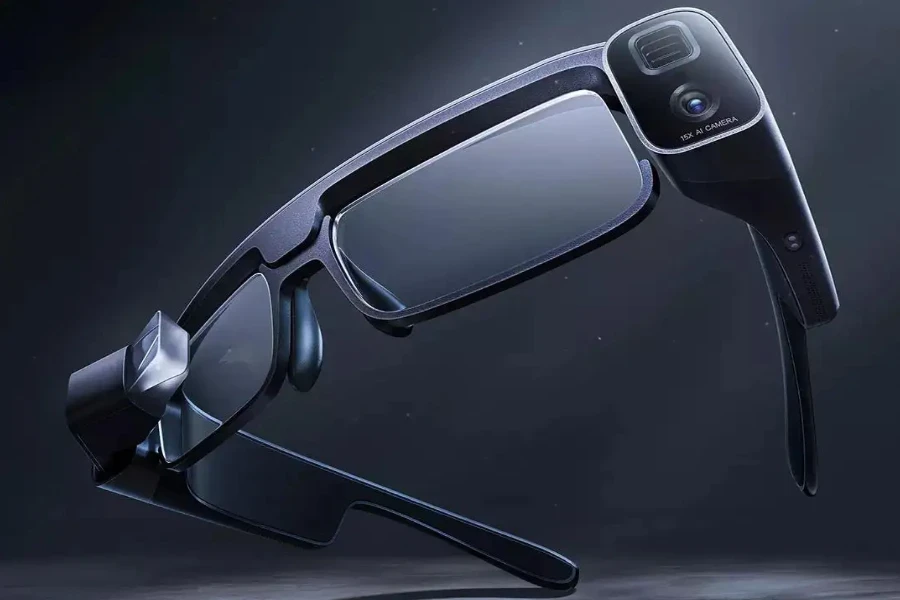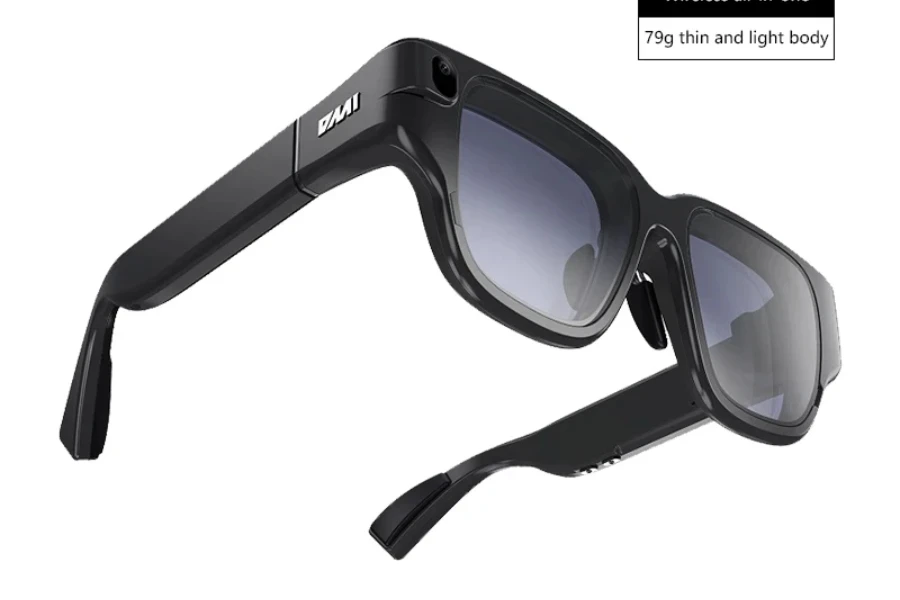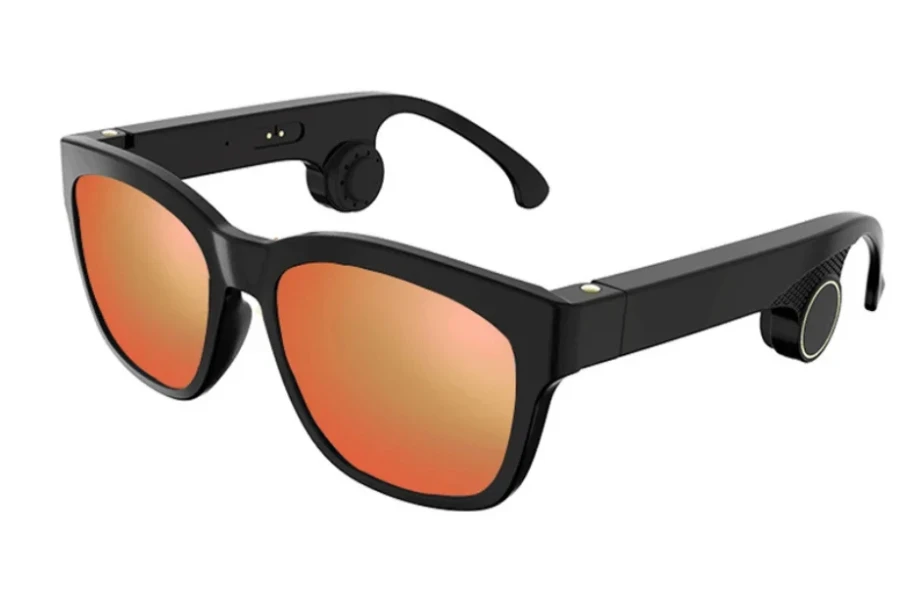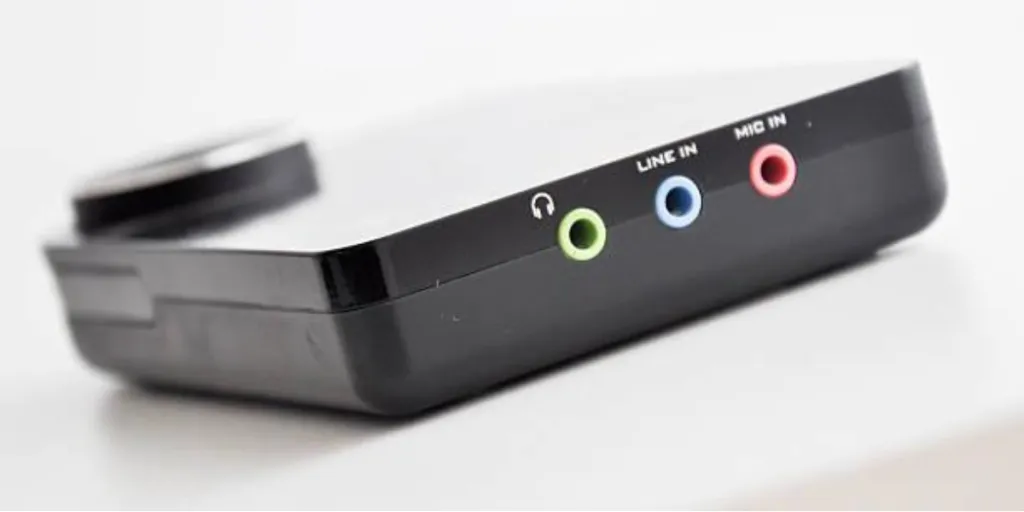Wearables have been a big hit in recent years, and they’ve evolved to include augmented reality (AR) technology. While this tech was initially limited to smart devices, manufacturers have found ways to introduce it into stylish new AR headsets.
AR glasses are a huge technological step forward, allowing consumers to stay connected with instant access to information, while at the same time having the ability to peek into another world. With that in mind, this article will dive into what retailers should consider before purchasing AR glasses in 2024.
Table of Contents
What are AR glasses, and what can they do?
Augmented reality (AR) vs. virtual reality (VR): what’s the difference?
How big is the AR glasses market in 2024?
Factors to consider when purchasing AR glasses in 2024
Wrapping up
What are AR glasses, and what can they do?
The idea of AR glasses was popularized by sci-fi movies like Iron Man or The Terminator. But thanks to eyewear engineers and designers, consumers can now enjoy something similar with many streamlined and stylish designs entering the market.
AR glasses are one of many innovative wearable technologies in today’s world. They have front-facing cameras to analyze the wearer’s surroundings and link them with internal software (like machine learning, artificial intelligence, and location tracking). As a result, these glasses can build a virtual map of the wearer’s location.
But it doesn’t end there. The AR lenses then create a digital display, showing consumers instant information or giving them the ability to manipulate the environment in front of them—while still providing a clear line of sight.
Consumers can locate nearby restaurants, try different furniture layouts virtually, or even upload stats from a live football game—meaning these digital lenses basically come with unlimited functionality.
Augmented reality (AR) vs. virtual reality (VR): what’s the difference?

AR and VR are impressive visual technologies, but the most noticeable difference lies in their packaging. Virtual reality offers headsets that place the user’s field of view in a new digital world, making them a popular choice for gamers.
On the other hand, augmented reality simply displays data, like a layer, on top of what consumers see in real life—so no taking the senses into another world here.
Additionally, VR stimulates the user’s audio and hand stimulation to keep them fully immersed in the virtual reality. But AR technology doesn’t have the extra equipment to engage the senses—it simply displays the additional features consumers choose over the real world.
So, while virtual reality headsets can provide incredibly immersive services, augmented reality glasses only help enhance the user’s view of the world by combining physical and digital in one space.
How big is the AR glasses market in 2024?
Experts say the AR smart glasses market reached US$ 14.6 billion in 2022. But moving forward, they predict it will reach US$ 30.7 billion at 13.5% compound annual growth rate (CAGR).
Many factors help create a positive outlook for the AR glasses market in 2024. For instance, the increasing adoption of AR technology in various industries is a leading market driver for AR glasses. Other drives include rapid digitization, increasing penetration of 5G, and quick developments in mobile applications.
Factors to consider when purchasing AR glasses in 2024
Audio and visual quality

Audio and visual quality cannot be overstated when purchasing AR glasses. They are indispensable in delivering a quality user experience and determining the device’s effectiveness in various applications.
Users can’t enjoy the clarity and realism of augmented content without incredible visual quality. So, if retailers want to enter the AR glasses, they must prioritize high-resolution displays and vibrant color reproduction for a more immersive and engaging experience, whether consumers are interacting with digital overlays in the real world or enjoying AR-enhanced entertainment.
However, audio quality is equally significant in enhancing the AR experience. AR glasses should offer clear and spatially accurate audio so users can hear valuable cues, guidance, and information.
Basically, having high-quality visuals, audio, and a wide field of vision will ensure users get the best experience with their AR glasses.
Processing power

It’s also important to consider how powerful AR glasses are when purchasing them. Processing power affects how well the glasses handle and display augmented reality elements.
But that’s not all that makes processing power an important aspect. It’s the computer part of the glasses that determines how smooth and responsive the consumer’s AR experience will be.
Also, processing power determines what the AR glasses can do. With powerful hardware, they can handle all the fancy AR stuff like smart computer vision, recognizing objects, and mapping spaces.
More importantly, processing power is non-negotiable, especially if target consumers are into gaming, professional training, or showing complicated data—all applications where processing and displaying digital stuff in real time matters.
Qualcomm is leading the AR glasses processor market with its latest Snapdragon AR2 platform, helping to evolve the augmented reality ecosystem and expand the smart glasses market.
Connectivity

Having good connectivity is super important for AR glasses. It lets them grab useful info from the internet or other connected sources. When the connection is smooth, consumers can get real-time updates, like location-based data and live information.
So, businesses must prioritize AR glasses with Wi-Fi connectivity to ensure these smart devices can stay connected to the internet. Whether consumers need them for work or want to hang out with friends, connectivity is important for them to connect and share info with other devices easily.
Also keep in mind that connectivity goes beyond the internet. AR glasses should also offer options to connect with other devices and platforms. If they can work smoothly with smartphones, tablets, or other smart gadgets, AR glasses will be more appealing to buyers. Hence, Bluetooth connectivity is a must-have feature, as it helps in things like content sharing, remote control, and app synchronization.
Battery capacity
Obviously, retailers also have to think about how long the batteries will last when choosing AR glasses. Since AR apps use a lot of power, opting for devices with a good-sized battery is super important to keep them running without any breaks.
Whether consumers want to play games, learn new things, or do professional training with AR, they’ll need glasses with large batteries to enjoy an uninterrupted experience. Here’s a table showing different AR glasses’ battery capacities and estimated duration:
| Battery capacity (mAh) | Estimated duration (hours) |
| 660 mAh | 1.5 to 2 hours |
| 1100 mAh | 3 to 4 hours |
| 1440 mAh | 3.5 to 4.5 hours |
| 2000 mAh | 5 to 6 hours |
| 2240 mAh | 8 hours |
Note: These numbers are only estimates. The duration depends on various factors, like size and how consumers use them.
Comfort and ease of use

Unlike regular glasses, consumers will wear AR glasses for extended periods because of their immersive nature. Hence, they must be comfortable. One important factor to watch in this regard is materials. Overall, lightweight materials, like titanium or carbon fiber, are better for comfort during extended use.
In addition to fitting well and feeling comfortable on the user’s face, retailers can search for variants with adjustable nose pads and temple arms. Such features help ensure consumers enjoy a personalized and secure fit.
However, ease of use goes beyond physical comfort. It determines how consumers can control and interact with AR glasses. Opt for variants that are easy to set up and use with simple gestures, voice control, or touch features—as these features will ensure that the whole experience is smooth and efficient.
Wrapping up
Augmented reality is constantly evolving to work across multiple platforms and accessories. Glasses are now one of the few devices that have adopted this technology, allowing consumers to transform their real-life environment to their liking.
Although VR offers a more immersive experience, AR glasses are the key to merging physical and virtual worlds. The market is on a straight growth path, meaning businesses can capitalize on this growth potential.
So what’s the hold up? Leverage the tips discussed in this article to stock up on the best AR glasses for 2024.







